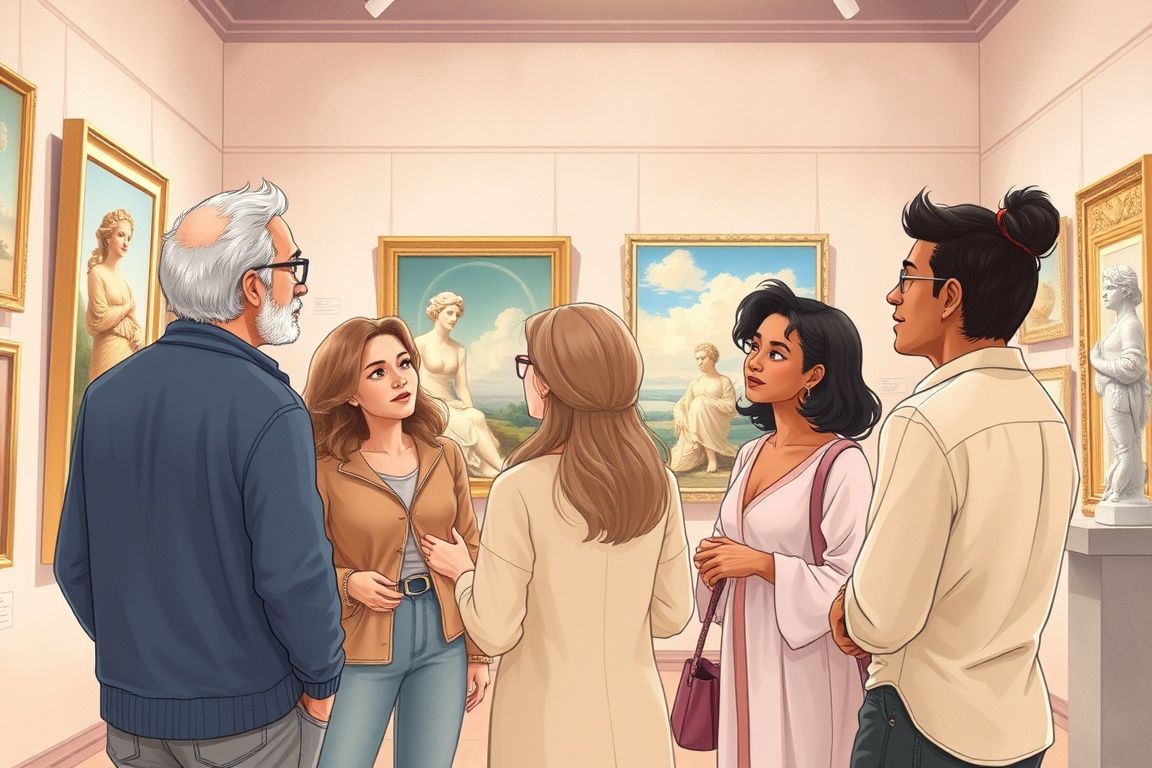Art Appreciation
Why It’s Worth It
Develop critical thinking skills through the analysis of diverse artworks.
Gain insights into personal and emotional reactions to art, enhancing your viewing experience.
Cultivate a unique lens for interpreting art, encouraging deeper connections with various art forms.
Your Learning Roadmap
Foundations of Art Appreciation
In this module, you will learn about art's history, purpose, and impact on individuals. The course introduces various ways art communicates ideas and emotions. This foundation sets the stage for more critical analyses and personal interpretations later on. Introduction to Art Historical Perspectives The Viewer’s Role
Analyzing Composition
This module dives into the formal elements that determine an artwork's structure. You will learn to identify lines, shapes, colors, and spatial dynamics. These analytical tools help you appreciate the technical elements that contribute to both harmony and visual tension. Elements of Composition Color Theory and Balance Structural Analysis
Interpreting Symbolism
This module helps you look beyond visual elements to explore the symbolic language of art. Using frameworks from influential works such as Ways of Seeing, you will learn to identify and interpret recurring symbols and icons. These skills will deepen your appreciation for the layered meanings within artworks. Understanding Symbols Iconography and Motifs Contextual Interpretation
Art Across Cultures and Eras
This module charts the evolution of art from classical times to the contemporary period. You will study key transitions from medieval art to the Renaissance, and subsequently to modern and contemporary art movements. This historical context enriches your ability to compare different approaches and styles in art. From Classical to Medieval The Renaissance Impact Modern and Contemporary Trends
Personal Engagement and Contemporary Critique
In this final module, you'll apply analytical tools to express personal responses to art. You will learn how to articulate your thoughts and engage in meaningful dialogue around modern and contemporary artworks. This module combines personal reflection with critical analysis to foster your unique art perspective. Developing a Personal Lens Expressing Art Critique Engaging with Contemporary Art
What Users Are Saying
All You Need to Know
Join the Art Journey
Interactive chat format with an AI assistant.
Learn anytime, anywhere at your own pace.
Instant feedback and real-time engagement.
In-depth analysis of various art movements.
Practical applications to enhance learning.
Personalized strategies for appreciating art.

